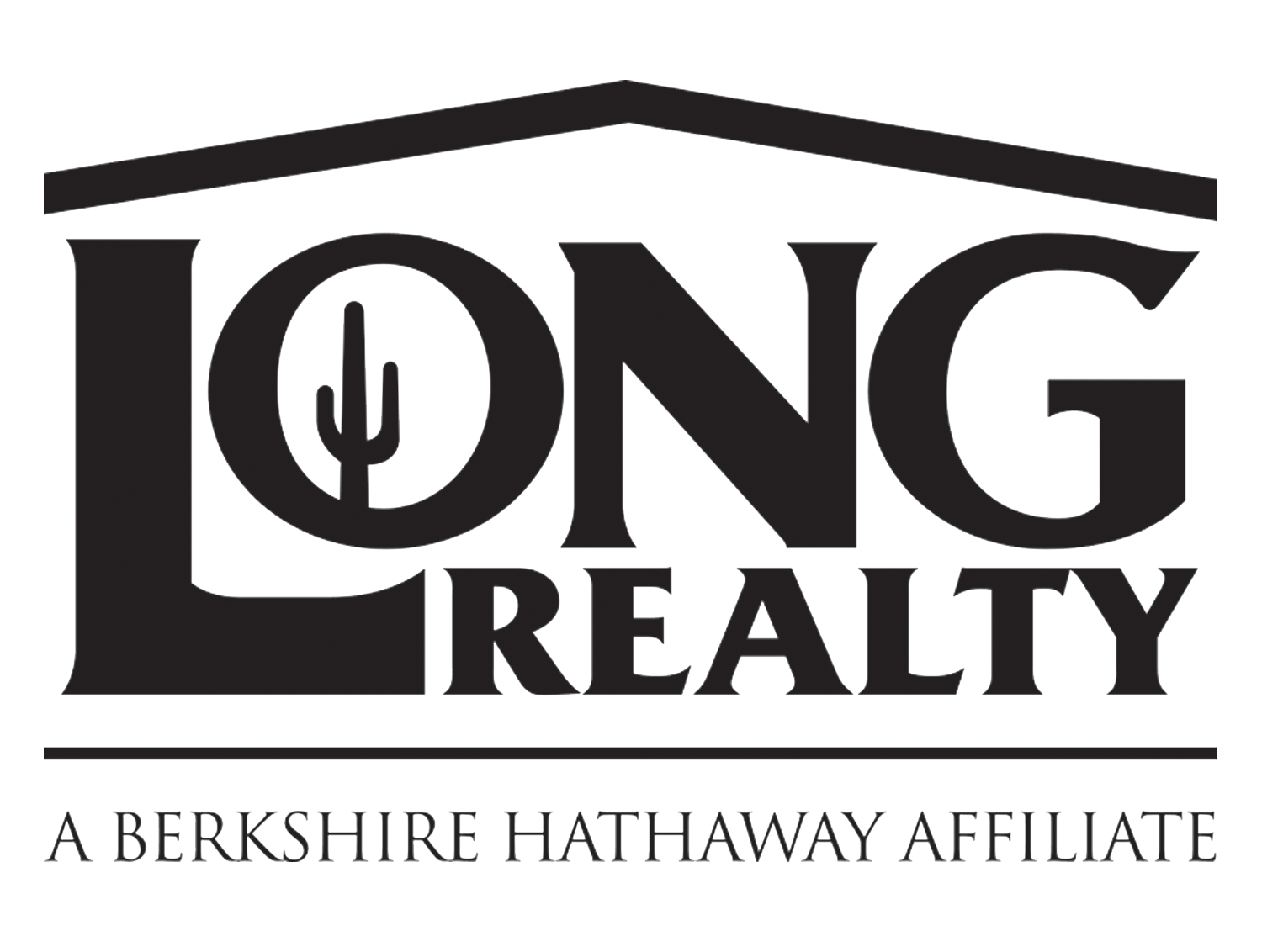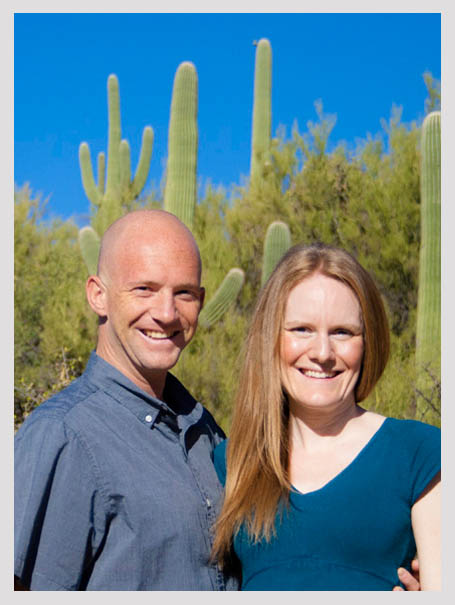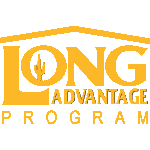I’ve been hearing rumblings for a while now about the need for homeowners to install solar panels ASAP because of impending changes from TEP, but of course I was skeptical that this was just a ploy from the solar installation companies to get more business. So after a class at the Tucson Association of Realtors about residential solar power that explained why the need for haste, I decided to dive in deeper and request home visits to get proposals from two different companies for our house: Technicians for Sustainability (local) and Tesla (formerly Solar City).
Why Solar?
Obviously getting your energy from renewable sources like wind and solar is better for the environment than getting it from fossil fuels. You can significantly reduce your carbon footprint by installing a solar photovoltaic (PV) system on your home.
The drastic reduction in your electric bills will pay off a purchased solar PV system in about 8 years for most homes, but the system will continue to generate electricity for free for close to 30 years. Even a leased system, which will be discussed later, fixes your monthly electric bill somewhat below your current monthly average.
Why should I install it now?
Currently homes with solar PV systems benefit from TEP’s net metering program, but the Arizona Corporation Commission has directed utilities like TEP to replace net metering with a new energy export rate. Unfortunately, we don’t know when that will happen exactly or what the new energy export rate will be. All we know is that it will likely be early in 2018, and the loss of net metering will make solar much less appealing for new solar PV owners. The good news is that anyone who has a contract signed with TEP before these new rates go into effect, including those with panels already on their homes, will be grandfathered into the current net metering system for 20 years.
January 2018 Update: The deadline for getting grandfathered into TEP’s net metering for solar PV systems has been extended to July or August. That’s when you need to have a contract signed, not have the panels installed yet.
What is net metering?
Net metering “allows residential and commercial customers who generate their own electricity from solar power to feed electricity they do not use back into the grid” (Solar Energy Industries Association). This means that when your solar PV system is generating excess electricity during our sunny Arizona days in cooler months, it is sending that electricity back to the grid, and TEP is keeping track of this in a virtual account that you can draw from later, such as at night when your solar panels are not generating any electricity.
Net metering eliminates the need for batteries to store your excess energy for later use (a huge expense with a lot of maintenance). The utility company tracks it for you year round, allowing you to bank lots of extra energy in the fall, winter, and spring and then draw from that excess in the summer when your electric bills are usually the highest. A good solar PV system will be designed specifically for your home to get you through the year with just the right amount of energy.
What tax credits are available?
There is a federal tax credit for 30% of the total installation cost which will begin to reduce below 30% after 2019. An Arizona state tax credit for $1000 is also available. The trick is that you must have tax liability to take these credits as it is a not a refundable credit, but unused credit can usually be rolled over into future years.
What are my payment options?
You have three options for paying for your solar system: lease, purchase, and finance.
Leases have been the most popular option because there is no up front cost to the homeowner BUT these systems are not recommended for most people anymore because they can make the home difficult to sell, and they provide very little financial return. A home buyer would need to qualify not only for their home loan but also for the lease, and at the end of the 20 year lease, the system would be removed or the lease could be renewed.
Leased systems provide you with a fixed electric bill each month which is less than your average monthly bill, but it’s not a whole lot less, and if you’re not planning on staying in your home for a long time, it may not be worth the hassle when it comes time to sell. Leased systems may be good for people who don’t have tax liability (the installation company takes the credits instead and passes the savings on to you) and are going to be in their home for a good while. Even Solar City / Tesla, the king of leased solar systems around town, recommends leased systems mainly for retired folks nowadays.
Purchasing your system outright provides the greatest return on investment, allowing you to recoup what you spent in about 8 years or less. After your initial outlay, your electric bill each month will essentially just be for the base TEP fee, which would be about $20 for us. An owned system will transfer to a new owner as easily as your oven would, and although appraisers do not value it for nearly as much as you will spend on it, a good agent will tout its value to potential buyers. Near nothing electric bills should be worth a bit of a premium, right?
You can also get financing to help purchase your system outright which gives you the benefit of complete ownership, easy transfer to a new owner (though requiring you to pay off your loan), and a better return on investment than leasing though not as good as purchasing with cash. Financing can be done through a local credit union, a home equity loan, or another financial institution recommended by the installation company.
Will it work on my roof?
The best place to put your solar system is on your roof. It gets very expensive for the installation company to also have to engineer a new structure or a way to secure it to the ground. In order to be the most efficient, solar panels should be installed on a south facing roof, with the west being the next best place. It should also be virtually free from shade from other structures or trees.
Panels can be installed flush on pitched roofs or at an angle on flat roofs. The angle should be big enough and the rows of panels should be far enough apart that your flat roof can still be accessed in order to be recoated as necessary without having to remove the panels. A good installation company will install them directly into the rafters of the home so that they are very secure and won’t blow off during a severe storm.
Will the solar panels last?
Solar panels from Technicians For Sustainability come with a 25-year manufacturer’s warranty on the panels, a 10-year guarantee on all other parts (excluding the solar equipment) and labor, a 5-year power-production guarantee, and a 10-year warranty on the inverter. Unfortunately, the inverter will likely need to be replaced outside of that warranty period, at about 15 years, and that can be several thousand dollars or more of expense. Other than that though, there should not be any expenses after the initial installation. Panels do not require regular maintenance or cleaning, and TFS monitors them remotely for any failures. They are expected to perform well for 25+ years with only about a 0.6% degradation in power production per year depending on the type of solar panels used.
Solar City / Tesla offers a 20-year system warranty. They will also replace your first inverter for free, although the relative cost compared with TFS seemed to have this expense built into the Tesla pricing. If you lease panels through them, they will restore your roof after the end of the 20-year lease term for free. Like TFS, Solar City / Tesla also monitors the panels 24/7.
Who should install it?
Ultimately we decided to go with Technicians for Sustainability for one main reason: they gave us three different proposals based on panels from three different manufacturers: LG, Hanwha, and Sunpower, while Solar City / Tesla does not tell you who will be making the solar panels. You get whatever is available at the time, and that is after you have signed a contract with them. It was important to us to be able to choose.
Also, the Solar City / Tesla proposal was within a couple hundred dollars of the proposal we chose from TFS, but it would only generate 84% of our energy as opposed to 98% with the TFS panels (made by LG), and that was also with more panels on our roof than the TFS design. That initial design was also done with a satellite view of our roof by the Solar City / Tesla rep, while the TFS rep went onto our roof himself to measure and scope out where the panels could go.
We’re also a fan of local companies and we have numerous friends who installed solar through them and have been very happy, so TFS is the obvious choice for us, but there may be reasons why another company would work well for you. For example, TFS cannot install our panels until April, while Solar City / Tesla said they could do it as early as January or February. Regardless of which company you decide to go with (and there are quite a few in Tucson), it’s probably a good idea to get proposals from more than one. I’m certainly glad we did. Just do it quickly, because you’re running out of time to be grandfathered into the current net metering! Remember, the solar panels do not need to be installed before TEP changes their rates, but you do need to have a signed contract for net metering with TEP before that time.








Connect With Us!